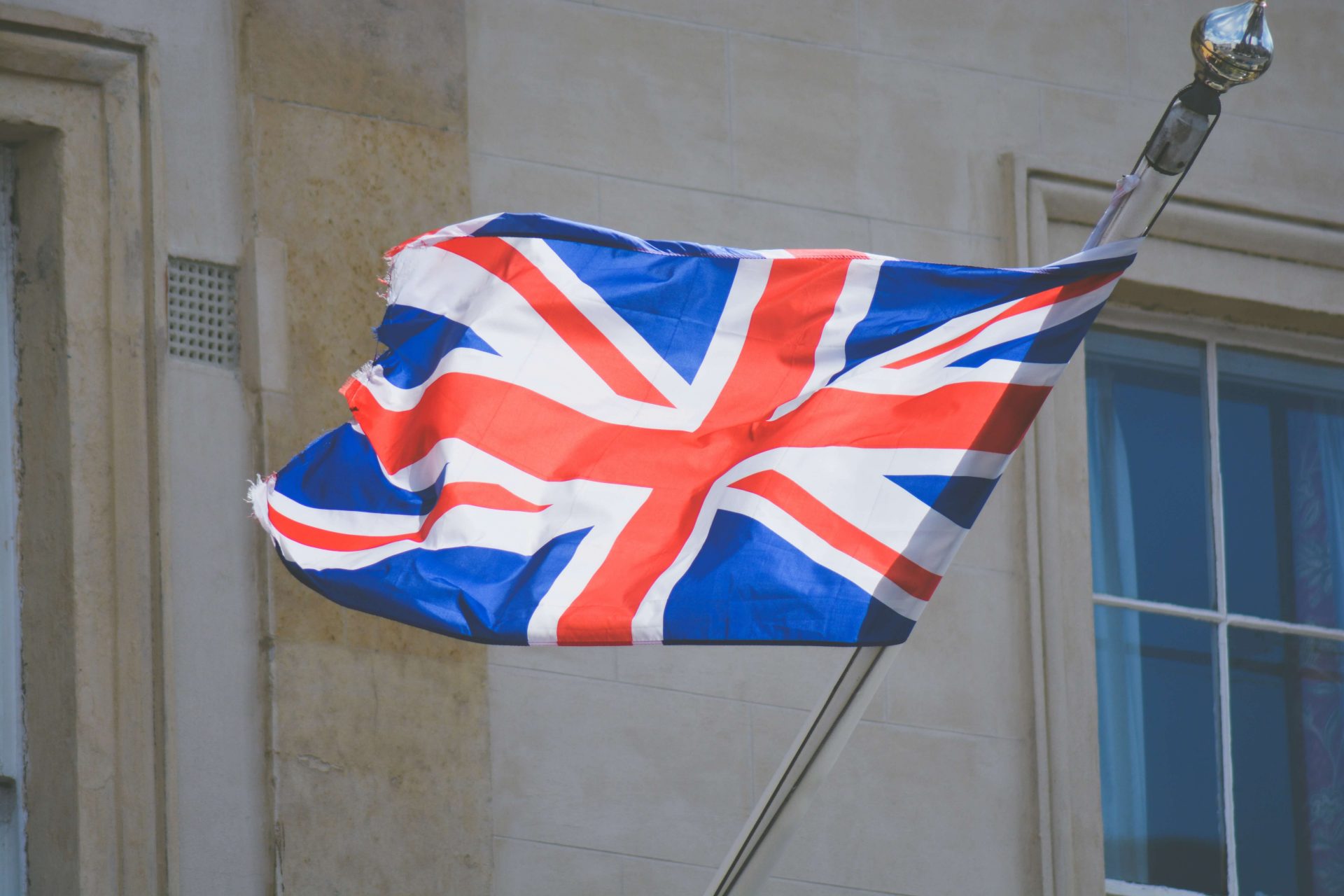What is British Sign Language (BSL)?
People around the world are impacted by different degrees of hearing loss but one or more forms of sign languages are always found in every region, making everyday communication possible. While the American Sign Language is the most widely used mode of communication in this regard, the British Sign Language, also known as BSL, is a close second.
In fact, it is the second most widely used language after English in the United Kingdom. If you’re in the UK, knowing BSL could be a major advantage for you. The British Sign Language alphabet is relatively easy to learn and with practice, learners are able to confidently fingerspell (individual letters are formed by the fingers to spell out words) in a short span of time.
Where is British Sign Language spoken?
BSL is mainly spoken in Britain and Scotland. The use of British Sign Language goes back to the 1570s, but of course, like with all the other languages, it has evolved. Recent surveys reveal that at least 11 million people suffer from hearing loss in the UK which is one in six people. It is predicted to rise to 1 in 5 by the year 2035.
The American Sign Language alphabet and British Sign Language alphabet are very different. BSL uses both hands to gesture the alphabet while ASL uses one. BSL also has its own syntax and grammar. Interestingly, ASL is more closely related to French Sign Language.
HERE’S THE British SIGN LANGUAGE ALPHABET TO HELP YOU GET STARTED IN LEARNING BSL:

The BSL alphabet is most commonly used if you are unfamiliar with a particular sign, or the reader doesn’t understand what you’re signing, or if you want to spell out the names of places and people.
Some of the most common and easy to learn signs in BSL are:
- A simple wave to say ‘hello’ or ‘goodbye’.
- Thumbs up for ‘good’.
- Moving your fist around your chest to say ‘sorry’.
- To ask ‘how are you?’ keep both palms on your ribs and slide them upwards towards your chest.
Learning and using British Sign Language has many benefits:
- It’s a good workout for the brain
- It improves memory
- Learning BSL (like with any language) improves interpersonal, social and communication skills
- Expertise in sign language can open doors to professions like interpreters
- It provides you with the opportunity to make new friends within the Deaf community
How to polish your skills in BSL?
- Find someone in the vicinity or online to practice with on a regular basis
- Sign up for an online British Sign Language course and become certified
- Practice in front of a mirror|
BSL has been integral for sign languages outside of Britain as well. In fact, sign languages used in Australia and New Zealand today have actually evolved using the British Sign Language alphabet as their foundation.
Nowadays there are many companies, especially in the United Kingdom, that are hiring people from the Deaf community to integrate them into the workforce. Since diversity and inclusion are seriously considered when hiring, the promotion of BSL on a corporate level is also gaining traction.
If you are looking to work with Hard of hearing individuals or training to become an interpreter/translator, learning British Sign Language will be an important addition to your skill-set. Check out this self-study BSL online course to get started.
Andrie Steliou
Latest posts by Andrie Steliou (see all)
- 8 Ways to Help Keep Your Child Focused and Engaged in Online Learning - October 19, 2022
- How to Improve Social Intelligence Skills? - May 10, 2022
- How to Improve Organizational Skills at Workplace? - May 6, 2022

